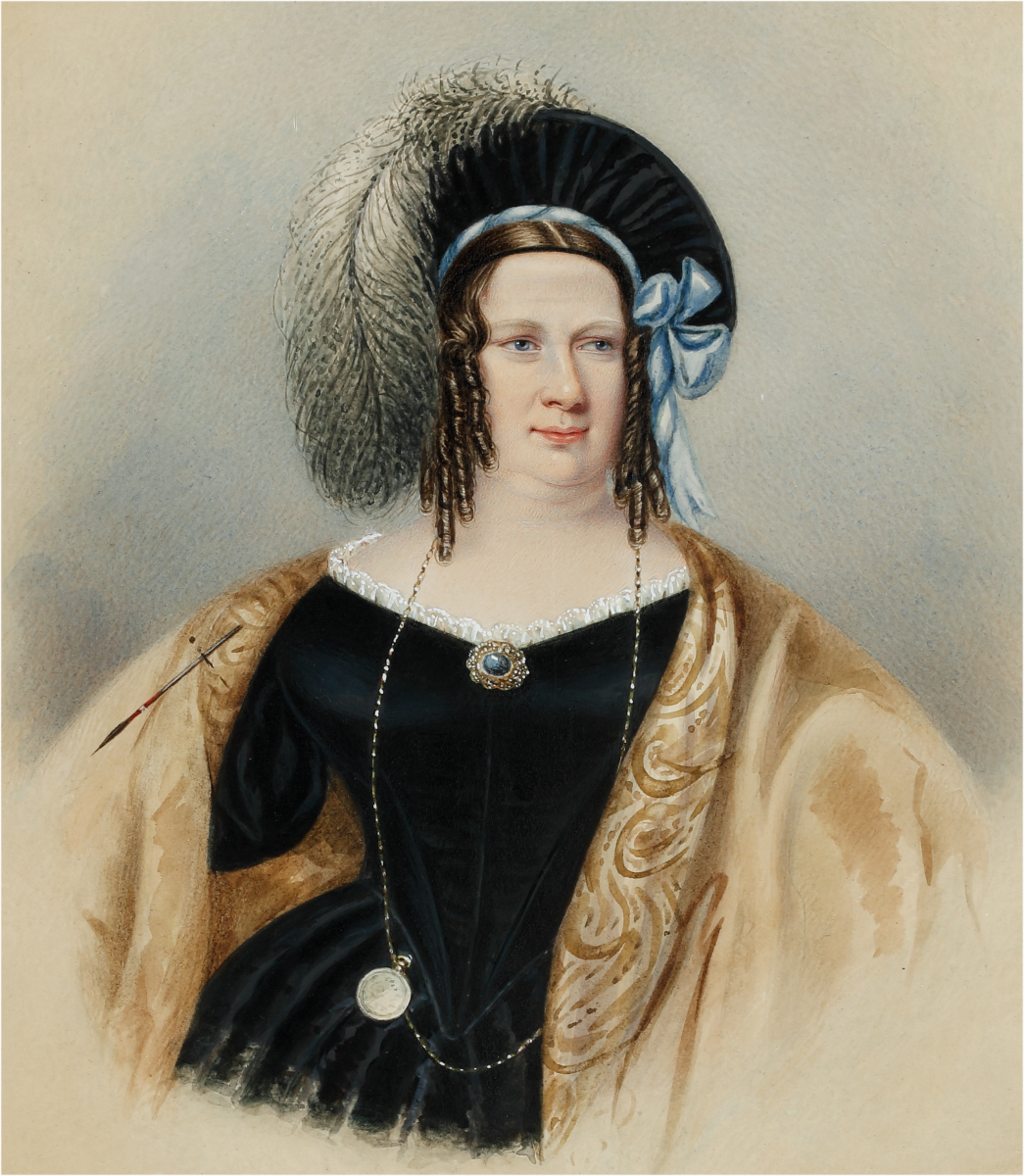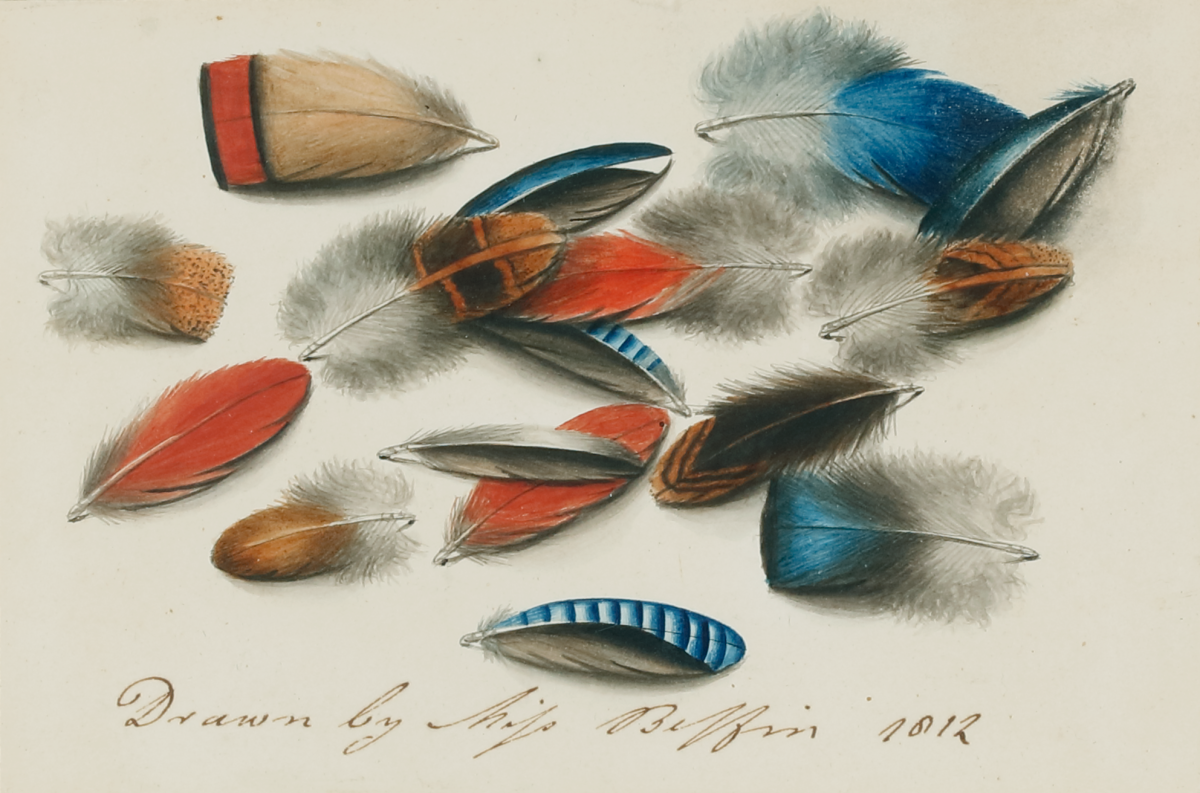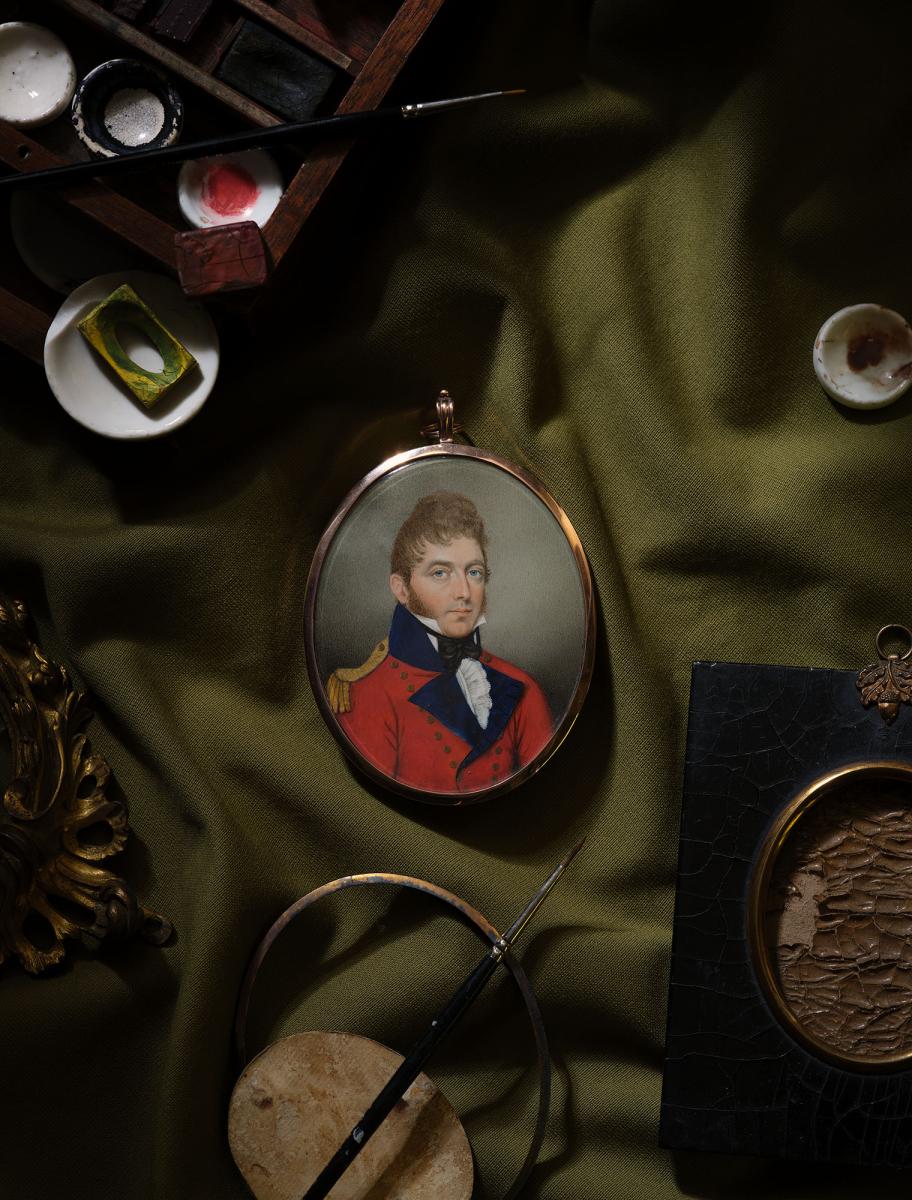This wonderful Cornish workshop and museum is dedicated to the legacy of studio pottery trailblazer Bernard Leach
The remarkable tale of 1800s artist Sarah Biffin
The remarkable tale of 1800s artist Sarah Biffin
18 Nov 2022
The role of women in 19th-century artistic circles was more muse than maker, which makes the story of disabled artist Sarah Biffin all the more noteworthy. Largely overlooked by history, a new show about her, says Jane Audas, places the artist in the spotlight
 Sarah Biffin, Self-Portrait © Philip Mould & Company
Sarah Biffin, Self-Portrait © Philip Mould & Company
Sarah Biffin (1784–1850) was a disabled artist who rose from performing at fairs to enjoying royal patronage. At a time when any female artist (let alone one with disabilities) would struggle to do so, Biffin was largely able to support herself. Now an exhibition at the Philip Mould & Company gallery, Without Hands: The Art of Sarah Biffin, represents her life and work.
The gallery has worked with Professor Essaka Joshua (specialist in Disability Studies at the University of Notre Dame, Indiana) and artist Alison Lapper MBE, to help contextualise and celebrate Biffin’s life. Biffin, like Lapper, had phocomelia, a rare congenital condition that causes babies to be born with underdeveloped or missing limbs.
 Study of Feathers, 1812, by Sarah Biffin © Philip Mould & Company
Study of Feathers, 1812, by Sarah Biffin © Philip Mould & Company
Born in Somerset in 1784, the daughter of a farm labourer, Biffin taught herself to sew clothes, paint and write during her childhood. As she was to later recall: ‘At the age of eight years I was very desirous of acquiring the use of my needle; but my parents discouraged the idea, thinking it wholly impractical. I was not, however, intimidated and whenever my father and mother were absent, I was continually practising every invention, till at length I could, with my mouth – thread a needle – tie a knot – do fancy work – cut out and make my own dresses.’
In her early teens, having bound herself to one Emmanuel Dukes, Biffin toured the country with him as part of his travelling sideshow. She was billed as the ‘Eighth Wonder’ or ‘The Limbless Wonder’ and would write, paint, cut out and sew clothes in front of paying audiences. A sample of her writing was included in the cost of each ticket.
In 1808 Biffin was spotted at a fair by George Douglas, Earl of Morton. He commissioned a portrait from Biffin and, impressed (he showed it to King George III), he became her informal sponsor. He arranged for her to have painting lessons with Royal Academician miniature painter William Marshall Craig. He also used his connections to help her get work.
By 1821 Biffin had moved to London to set up her own studio and had won a Society of Arts medal. She was even to paint Queen Victoria and Prince Albert.
 An example of Biffin’s precise miniature portrait work © Philip Mould & Company
An example of Biffin’s precise miniature portrait work © Philip Mould & Company
Marriage to a seemingly shadowy character, William Stephen Wright, in 1824 may have been an even further move towards respectability for Biffin. There were rumours, however, that Wright took her savings and abandoned her, which Biffin denied. She began teaching, moving from London to Birmingham, Brighton and then Cheltenham. Professionally her success continued and she exhibited at the Royal Academy of Art in 1831 and 1832. She was even referred to by Charles Dickens in several of his novels, including The Old Curiosity Shop.
By 1839, despite these previous good fortunes, Biffin had had to return to travelling the country painting portraits. Settling in Liverpool in 1841 her health began to deteriorate. Friends posted in a newspaper for contributions to a fund to assist her financially: ‘To those who have at any time whiled away their hour in her studio, listened to her anecdotes, joined in her cheerful laugh, or been impressed with admiration at her persevering talents, this appeal is more especially made, that by their contributions an annuity may be purchased for the support of her few remaining years.’
 Sarah Biffin’s Forget-me-not, 1847 © Philip Mould & Company
Sarah Biffin’s Forget-me-not, 1847 © Philip Mould & Company
Biffin died in Liverpool in 1850, aged 66. Her fascinating story and work resonates with today’s art market, which is more alert to the work of disabled and female artists. In preparing for the exhibition the gallery was keen not only to work with Alison Lapper, but to include one of her works, too. Lapper was delighted: ‘What she [Biffin] did back then was phenomenal considering all she had to do just to get by from day to day. Her dogged determination rang lots of bells with me.’
The congruities between the two artists are fascinating and give the exhibition – and Biffin’s work – a new relevance. ‘She was doing all this for herself before feminism was a movement,’ says Lapper. ‘She earned her own money, and she never stopped travelling. She made her life better for herself with her self-belief and attitude. I am not disabled to myself, I’m Alison. And that attitude comes across very strongly from Sarah.’
 Artist Alison Lapper in her studio, courtesy Alison Lapper
Artist Alison Lapper in her studio, courtesy Alison Lapper
Lapper knows Biffin must have been an exceptionally tenacious and – in the best way – difficult woman. Biffin did not remain quietly in the background, as Lapper hasn’t. And they both, in different ways, experienced being exhibited in public (Lapper was the subject of Marc Quinn’s Fourth Plinth in Trafalgar Square sculpture, Alison Lapper Pregnant, in 2005).
The title of this exhibition on Biffin – Without Hands – were words she often used to sign her pictures with. Today we can read them as both a declaration of fact, and a ‘look what I did’ tooting of her own horn by an extraordinary woman artist.
Without Hands: The Art of Sarah Biffin
Until 21 December
Philip Mould & Company gallery, London
philipmould.com
For more on Alison Lapper, see alilapper.com
About the Author
Jane Audas
Jane Audas is a writer and curator with a special interest in craft and design history
JOIN OUR MAILING LIST
Become an instant expert!
Find out more about the arts by becoming a Supporter of The Arts Society.
For just £20 a year you will receive invitations to exclusive member events and courses, special offers and concessions, our regular newsletter and our beautiful arts magazine, full of news, views, events and artist profiles.
FIND YOUR NEAREST SOCIETY
MORE FEATURES
Ever wanted to write a crime novel? As Britain’s annual crime writing festival opens, we uncover some top leads
It’s just 10 days until the Summer Olympic Games open in Paris. To mark the moment, Simon Inglis reveals how art and design play a key part in this, the world’s most spectacular multi-sport competition



